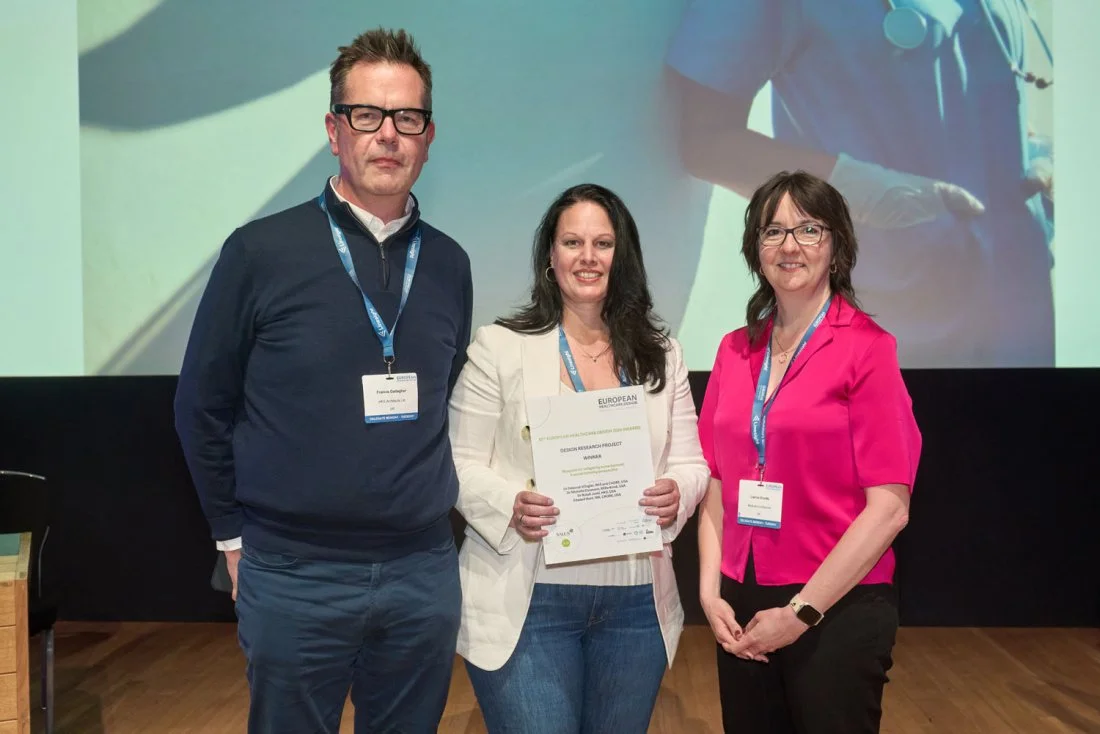Better school design starts with transparency, trust, and the data that truly matters.
By Kelly Brucher, Client Solutions Leader, JE Dunn Construction
In my former career at Herman Miller, I saw firsthand how human-centered design transformed workplace performance. Organizations like Herman Miller have long prioritized post-occupancy research—gathering open-source data on how environments impact focus, productivity, collaboration, and wellbeing. This data-driven approach has reshaped the modern office, and it’s time we bring the same level of rigor and intentionality to K-12 education.
Today, in my role with JE Dunn, I support public school districts across the Midwest as they reimagine the future of learning spaces. And one thing is clear: we are designing 21st-century learning without 21st-century data. If we want to build environments that foster innovation, close achievement gaps, and support student wellness, we must measure what matters—before and after construction.
That’s why I believe we need standardized, open-source post-occupancy tools tailored to K-12. Tools that measure both educational outcomes (like student engagement, attendance, and academic growth) and environmental exposures (like air quality, daylight access, and acoustics). This kind of transparent, longitudinal data would empower architects, districts, and community members to understand how design decisions truly impact student success.
Just as critically, we need to consider the environments we’re creating for the educators themselves. At a time when districts across the country are facing record-level teacher shortages, it's never been more important to create spaces that support teacher satisfaction, wellbeing, and longevity. With the right post-occupancy tools, school leaders can gain meaningful insights into what helps teachers thrive—from noise levels in classrooms, to access to daylight, to staff collaboration zones. This data can be used to inform future design decisions, improve morale, and support recruitment and retention efforts—turning schools into not only great places to learn, but great places to work.
Even more critically, I believe this data can help build public trust and drive successful bond campaigns. Voters are demanding proof that their investments in school facilities yield real results. By sharing clear, accessible evidence of how learning environments improve with smart design, we can change the conversation—shifting it from “what will this cost us?” to “what will this give our children?”
CAUSE has already done so much to push forward the national conversation around equity, adequacy, and innovation in school facilities. But if we truly want to build the schools our students—and teachers—deserve, we must commit to collecting and sharing data that holds us accountable to outcomes—not just aesthetics.
If you're currently exploring how to modernize your school district’s learning environments—or want to evaluate the impact of a recently completed project—I’d love to connect. Let’s talk about how you can pilot CAUSE’s new open-source measurement tool to see how your schools are performing today and prepare for the future with clarity, confidence, and community trust.




